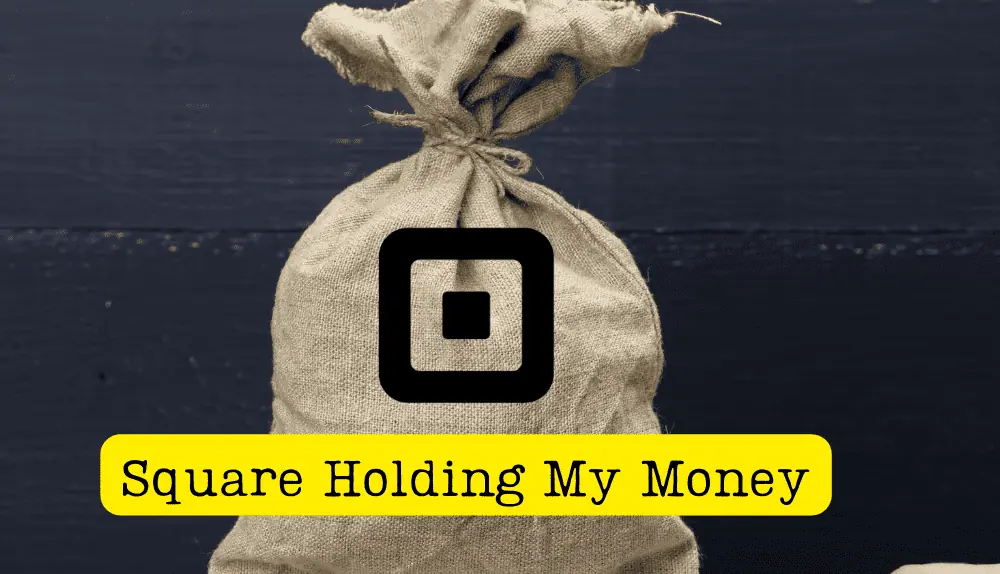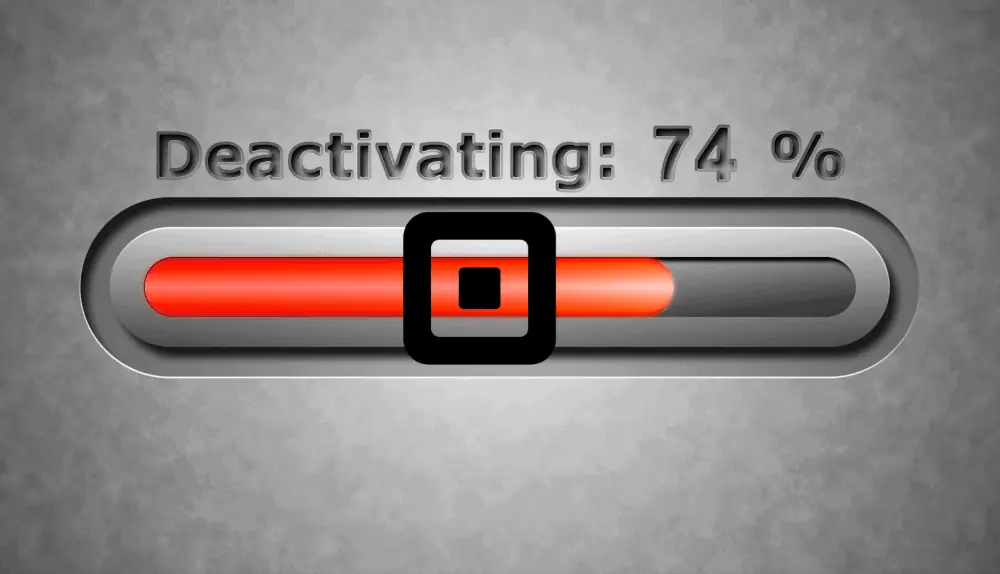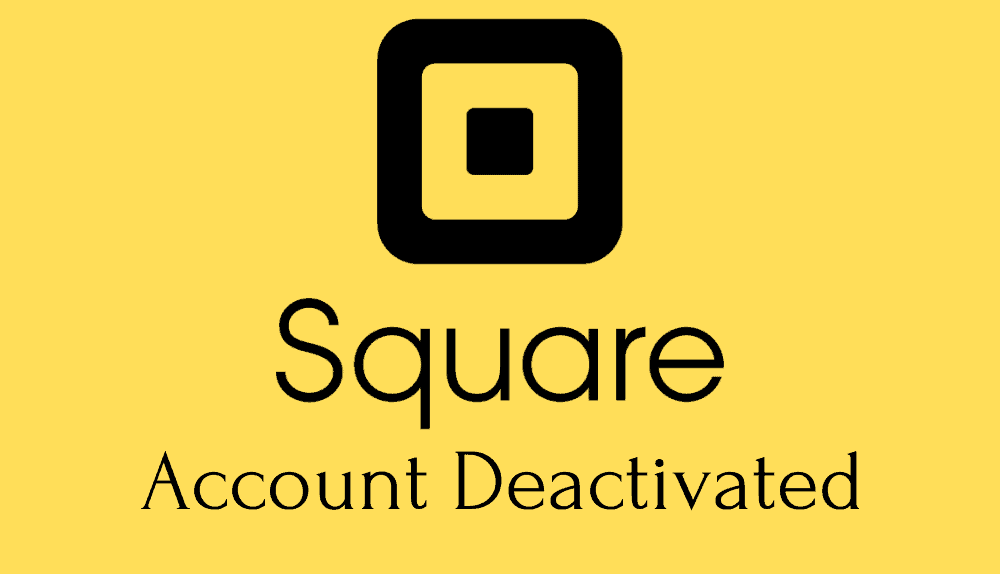Square’s mobile point-of-sale solutions have revolutionized how small businesses accept credit card payments. With its affordable transaction fees and robust features, it’s an attractive choice. But what happens when Square deactivates your account, leaving your hard-earned money in limbo? In this article, we explore the top reasons why is your Square account deactivated, provide guidance on what to do next, and introduce alternative options like high-risk merchant accounts. Join us as we navigate the unsettling world of Square’s customer service and empower you to reclaim control over your funds.
Why is Square Holding My Money?
When it comes to your hard-earned money, there’s nothing more frustrating than finding it held hostage by a payment processor like Square. So, why is Square holding your money? There could be a few reasons behind this disconcerting situation. One possible reason is that your bank account isn’t verified or linked to your Square account. Without a verified bank account, Square may hold your funds as a precautionary measure to ensure the validity of transactions.

If your transfer request is less than the minimum or exceeds the maximum amount permitted after accounting for processing fees, Square may also hold your funds. With a minimum transfer value of $25 and a maximum transfer amount of $10,000, Square has set limits for quick payments. Square may prohibit same-day transfers if your transfer is less than the minimum or more than the maximum. There may also be a daily transfer cap of $2,000 for quick transactions if you’re a new seller. Your daily transfer cap, however, usually rises the more you utilize Square.
Understanding these factors is crucial in resolving the issue and reclaiming your funds. It’s essential to ensure your bank account is verified and linked to your Square account to facilitate smooth transactions. Moreover, being mindful of the transfer limits set by Square can help you avoid unnecessary delays and frustrations. By navigating through these considerations, you can proactively address the reasons behind Square holding your money and work towards a resolution that puts your hard-earned funds back where they belong – in your hands.
How Long Can Square Hold Your Money?
The duration for which Square can hold your money depends on various factors and circumstances. While there isn’t a specific fixed timeframe, Square typically follows industry standards and regulatory guidelines regarding fund holds
In general, Square may place a hold on funds as a security measure or to mitigate potential risks associated with transactions. The length of the hold can vary based on factors such as the nature of your business, transaction volume, and any suspicious activity detected.
Typically, Square may hold funds for a period of up to 90 days, although the actual duration can be shorter or longer depending on the specific situation. During this time, Square may conduct reviews or investigations to ensure compliance with its policies and regulatory requirements.
It’s important to note that if Square holds your funds, it’s crucial to engage with their customer support or review their documentation to understand the specific reasons and steps required for the release of your funds. Resolving any outstanding issues or providing necessary documentation promptly can help expedite the release process.
If you find yourself in a situation where Square is holding your funds for an extended period or without valid justification, it’s advisable to reach out to their customer support and seek further clarification or assistance in resolving the matter.
Square Account Deactivated – 3 Common Reasons
Square, a popular mobile point-of-sale solution, provides businesses with convenient payment processing services. However, there are instances where Square may deactivate an account, causing frustration and disruption to business operations. Understanding the reasons behind account deactivation can help you prevent such situations and take appropriate action. Here are three common reasons why your Square account may have been deactivated:

Too Many Chargebacks on Your Account
Customers who dispute a transaction and ask their bank or credit card issuer for a return engage in chargebacks. Excessive chargebacks can be a red flag for Square, as they indicate potential issues with product quality, customer dissatisfaction, or fraudulent activity. If your account consistently experiences a high number of chargebacks, Square may deactivate it to mitigate financial risks. It’s essential to address the underlying causes of chargebacks promptly, such as improving customer service, resolving disputes, or implementing stricter fraud prevention measures.
Engaging in One or More High-Risk Activities
Square, like other payment processors, has guidelines to identify and manage high-risk activities. Engaging in such activities can trigger account deactivation. Examples of high-risk activities may include operating in industries known for frequent chargebacks or fraud, selling prohibited or illegal products or services, or having a poor credit history. If your business falls under these high-risk categories, it’s crucial to explore alternative payment processing options tailored to your industry or seek a high-risk merchant account that can accommodate your specific needs.
A Breach of Square’s Terms of Service
Square has terms of service that users must adhere to. Violating these terms, such as conducting fraudulent transactions, misrepresenting your business, or engaging in illegal activities, can lead to account deactivation. It’s essential to familiarize yourself with Square’s terms of service and ensure compliance to avoid any inadvertent violations that could jeopardize your account.
If your Square account has been deactivated, it’s vital to contact Square’s customer support immediately to understand the specific reasons behind the deactivation and discuss potential solutions. In some cases, you may be able to resolve the issues, reinstate your account, and resume processing payments with Square. However, if reactivation is not possible, exploring alternative payment processing options becomes necessary to ensure uninterrupted operations for your business.
By staying vigilant, maintaining transparency, and adhering to Square’s policies and guidelines, you can minimize the risk of account deactivation and build a sustainable payment processing strategy that supports your business’s growth and success.
High-Risk Activities That Can Put Your Square Account Under Review
Square, a widely used mobile point-of-sale solution, provides businesses with a convenient and user-friendly platform for accepting payments. However, Square is committed to maintaining a secure and trustworthy ecosystem, which means they closely monitor accounts for high-risk activities that could potentially harm their users or the integrity of their system. Engaging in certain activities can trigger a review of your Square account, potentially leading to restrictions, holds, or even account deactivation. Here are some high-risk activities that can put your Square account under review:
High Chargeback Rates
Excessive chargebacks, which occur when customers dispute transactions and request refunds, can raise concerns about the legitimacy of your business. If your account consistently experiences a high number of chargebacks, it can trigger a review and potential account restrictions. It’s essential to provide excellent customer service, promptly address any customer issues or disputes, and implement fraud prevention measures to minimize chargebacks.
Suspicious or Fraudulent Transactions
Engaging in suspicious or fraudulent transactions is a serious violation that can result in immediate account review and potential termination. Square has robust fraud detection systems in place, and any suspicious activities, such as processing unusually large transactions, inconsistent customer information, or unauthorized use of payment cards, can trigger a review. It’s crucial to conduct business ethically, ensure transactional transparency, and promptly address any potential red flags.
Selling Prohibited or Illegal Products or Services
Square has guidelines regarding the types of products and services that can be processed through its platform. Selling prohibited or illegal items, such as drugs, weapons, counterfeit goods, or adult content, can lead to account review and potential deactivation. It’s vital to familiarize yourself with Square’s acceptable use policy and ensure your business operations align with its guidelines.
Violating Square’s Terms of Service
Square has specific terms of service that users must adhere to. Violating these terms, such as misrepresenting your business, engaging in money laundering or illegal activities, or using Square for unauthorized purposes, can trigger a review and potential account consequences. It’s crucial to thoroughly read and understand Square’s terms of service and operate your business within the boundaries defined by these terms.
If your Square account comes under review due to high-risk activities, it’s essential to cooperate with Square’s review process, provide any necessary documentation or explanations, and address any concerns promptly. By maintaining transparency, conducting business ethically, and adhering to Square’s policies and guidelines, you can help ensure a secure and compliant payment processing experience while minimizing the risk of account restrictions or deactivation.
How to Reactivate Your Square Account?
To reactivate your Square account, you should contact Square’s customer support team directly. Reach out to them via email or phone and explain the situation regarding the deactivation of your account. They will provide you with the necessary steps and guidance to reactivate your account. Be prepared to address any outstanding issues, update your account information if needed, and provide any required documentation or verification. Cooperate with Square throughout the reactivation process and ensure compliance with its policies and guidelines. By actively engaging with Square’s support team, you can increase the chances of successfully reactivating your Square account.
Final Words
In conclusion, while Square offers a convenient and user-friendly platform for payment processing, it is important to be aware of the potential reasons that can lead to an account deactivation or funds being held. Understanding the factors such as chargebacks, high-risk activities, and violations of Square’s terms of service can help businesses take proactive measures to avoid such situations. In the event that an account gets deactivated, promptly reaching out to Square’s customer support, addressing any outstanding issues, and complying with their reactivation process are crucial steps.
By maintaining transparency, adhering to policies, and staying proactive, businesses can navigate potential challenges and work towards reactivating their Square accounts, ensuring a seamless and secure payment processing experience.
Frequently Asked Questions (FAQs)
Why did my Square account get deactivated?
Square may deactivate an account for reasons such as high chargeback rates, engaging in high-risk activities, or violating their terms of service.
How can I contact Square customer support?
You can contact Square’s customer support by visiting their website and accessing their support resources, including email and phone support options.
How long does it take to reactivate a Square account?
Depending on the particulars, the reactivation procedure may change. It is preferable to get in touch with Square’s customer service to get a precise date for reactivation.
What should I do if my Square account is deactivated?
If your Square account is deactivated, the first step is to contact Square’s customer support. They will offer the necessary measures to fix the problem and walk you through the reactivation process.
Can I still access my funds if my Square account is deactivated?
If your account is deactivated, Square may hold your funds during the review or reactivation process. It is important to work with Square’s customer support to resolve any issues and release the funds.
Can I use an alternative payment processor while my Square account is deactivated?
Yes, you can explore alternative payment processing options during the deactivation period. Research and consider other payment processors that align with your business needs.

